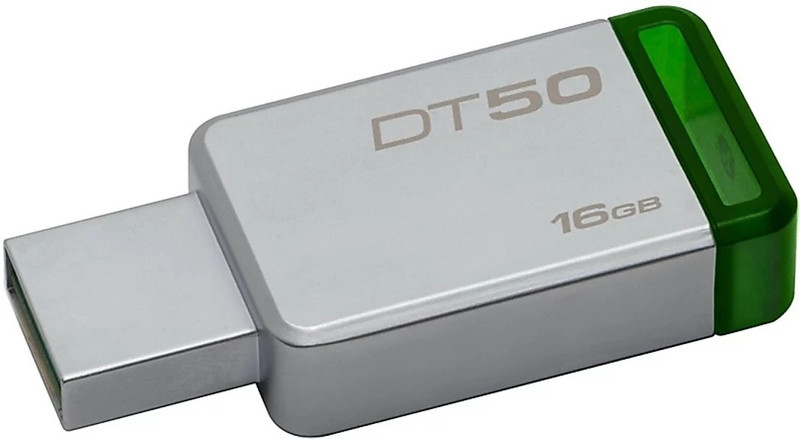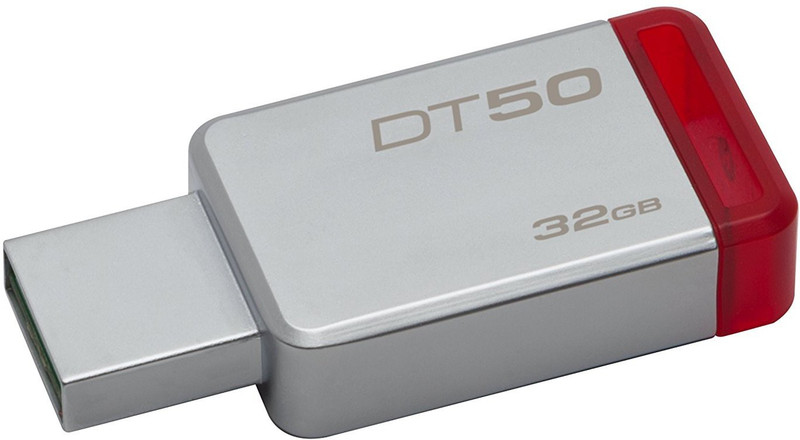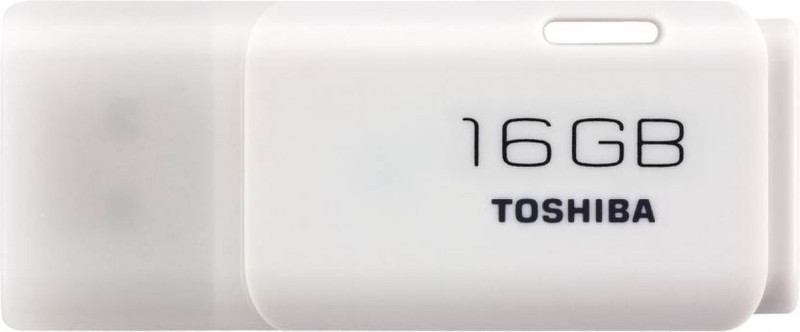Why Your Kitchen Chimney Is Not Working As Well As It Should And How To Fix It

A well-functioning kitchen chimney is a blessing. It keeps the air fresh, reduces grease buildup, and ensures you're not cooking in a cloud of smoke. But what happens when it doesn't work as expected? Instead of efficiently clearing out unwanted fumes, it starts making odd noises, leaving behind sticky surfaces, or struggling to keep up with heavy-duty cooking.
Chimney troubles often creep up gradually, making it easy to ignore the warning signs, until they become too obvious to dismiss. Whether it's a filter that's long overdue for cleaning or improper installation messing up the suction, there's always a fix. This article explores the most common reasons behind a failing kitchen chimney and offers practical solutions to get it back in top shape.
1. Clogged Filters: The Silent Efficiency Killer
Kitchen chimneys rely on filters to trap grease, smoke and dust. Over time, these filters become clogged, reducing suction power and making the chimney struggle to do its job.
There are different types of filters, mesh, baffle, and charcoal. Mesh filters, often found in older models, get blocked quickly as grease sticks to the fine layers of metal. Baffle filters, commonly used in modern chimneys, last longer but still need regular cleaning. Charcoal filters, designed to absorb odours, become saturated and require replacement every few months.
A clogged filter means poor ventilation, a lingering food smell and a greasy kitchen. Cleaning mesh or baffle filters with warm soapy water and a degreaser every two weeks can significantly improve performance. If your chimney has a charcoal filter, replacing it every six months ensures optimal efficiency. Keeping those filters clean is the simplest and most effective way to restore your chimney's performance.
2. Poor Suction Power: When The Chimney Can't Keep Up
If the smoke isn't being drawn away effectively, weak suction power is often the culprit. A chimney's suction depends on motor efficiency, duct length and filter cleanliness.
A long or sharply bent duct reduces airflow, forcing the chimney to work harder. Similarly, if the motor isn't powerful enough for your cooking style, especially if you do a lot of frying or grilling, it may struggle to maintain strong suction.
To improve suction, start by checking the filters and ducts. Clean them regularly and ensure the ducting is as straight and short as possible. If suction issues persist, upgrading to a higher-capacity chimney might be necessary, especially in households where cooking involves heavy oil and spices.
3. Faulty Installation: When Placement Makes All The Difference
A poorly installed kitchen chimney is like a badly placed umbrella, it simply won't do its job well. The distance between the stove and the chimney is crucial. If it's too high, smoke won't be effectively captured; too low, and it may become a fire hazard. The ideal height is typically 24-30 inches above the cooktop.
Ducting also plays a big role. A chimney with too many bends or an overly long duct will struggle to expel smoke efficiently. Using a wider, smooth duct with minimal curves ensures better airflow.
If installation issues are affecting performance, repositioning the chimney or modifying the ductwork might be necessary. Consulting a professional installer can save a lot of frustration in the long run.
4. Grease Build-Up: The Sticky Culprit
Ever noticed a sticky layer forming on your chimney's outer surface? That's grease build-up, and if it's on the outside, imagine what's happening inside. Over time, grease can clog filters, reduce suction, and even cause unpleasant odours.
A chimney that's not cleaned regularly will have to work harder, consuming more electricity while delivering poorer performance. In extreme cases, excessive grease accumulation can become a fire hazard.
The fix? A deep clean every few weeks. Warm water, dish soap, and baking soda work wonders in breaking down grease. For tougher stains, vinegar or a specialised degreaser can help. Regular maintenance keeps the chimney running efficiently and prevents long-term damage.
5. Noisy Operation: When Your Chimney Sounds Like A Jet Engine
A kitchen chimney should be heard but not in a way that makes you want to leave the room. If your chimney has become louder than usual, something's not right.
Excessive noise can be caused by a loose fan, worn-out motor bearings, or a clogged filter forcing the motor to work harder. Another common issue is an improper installation where vibrations are amplified due to loose mounting.
If the noise is sudden and loud, check for loose screws or trapped debris in the fan. A gradual increase in noise levels often indicates a motor issue, which might need professional servicing. Ensuring all parts are properly tightened and cleaning the filters regularly can significantly reduce noise levels.
6. Smoke And Odours Linger: When The Air Stays Stale
If your kitchen smells like last night's dinner long after you've finished cooking, your chimney isn't ventilating properly. This usually happens when the suction is weak, the filters are clogged, or the chimney is running on the wrong speed setting.
Charcoal filters, designed to absorb odours, become ineffective when they reach saturation. If you haven't replaced them in a while, that's likely the cause. Ducted chimneys should expel air efficiently, but if the ducting is too long or has too many bends, odour and smoke extraction will be compromised.
Running the chimney at a higher speed while cooking and leaving it on for a few minutes after finishing can help clear lingering smells. Regular filter maintenance and optimising duct design can prevent this issue from recurring.
7. Electrical Issues: When The Power Fails You
A chimney that won't turn on or keeps cutting out unexpectedly often has an electrical fault. Loose wiring, a faulty switch, or an overloaded circuit can all be culprits.
Power fluctuations can also affect the chimney's motor. If the appliance is frequently tripping the circuit breaker, it's best to check the power supply and wiring. Sometimes, a simple switch replacement or rewiring can solve the problem.
Using a stabiliser can help protect the motor from voltage fluctuations, especially in areas with an unstable power supply. If the issue persists, getting an electrician to inspect the wiring is the safest bet.
8. Ageing And Wear: When It's Time To Upgrade
Even the best kitchen chimneys don't last forever. If yours has been around for more than a decade and is showing signs of inefficiency, excessive noise, or frequent breakdowns, it might be time for an upgrade.
Older models may not have the powerful suction or advanced filtration needed for modern cooking habits. Wear and tear on the motor, filters, and ducting can reduce efficiency over time, making repairs more frequent and costly.
Newer models come with improved suction, better noise control, and energy-efficient designs. If your chimney has seen better days, investing in a newer, more efficient model can save money on maintenance and energy bills in the long run.
Explore Products Related To This Article
1. Glen Chimney Mia BLK 60 1100M3 BF LTW Pyramid 60 cm
2. V-Guard M10 Pro Wall Mounted Black 900 CMH Chimney
3. Whirlpool CLASSIC CF 60 BK HOOD Pyramid Shape 60cm
4. LIVPURE Evora-60 Auto Clean T-Shape 60 cm
5. FABER HOOD MERCURY PRO IN HC SC BK FL 60 Auto Clean Straight Glass
6. Crompton CHD-ISC60BFE-EC Auto Clean Curved Glass 60 cm
7. Kutchina Virgose Dlx 60 Auto Clean Wall Mounted NA 1300 CMH Chimney
8. Hindware Smart Appliances Ripple Blk Plus Autoclean 90 IN Auto Clean
A kitchen chimney should be a quiet workhorse, keeping the air fresh and clean. When it starts struggling, the solution is often simpler than it seems. Whether it's a clogged filter, poor suction, or a faulty installation, tackling the issue early prevents bigger problems down the road.
Regular cleaning, proper installation, and timely maintenance keep your chimney in top condition, ensuring that your kitchen remains a smoke-free, odour-free haven. If all else fails, an upgrade might be the answer. A well-functioning chimney isn't just about convenience, it's about creating a healthier, more enjoyable cooking space. So, if your chimney isn't working as well as it should, now's the time to fix it.
Disclaimer: The images used in this article are for illustration purpose only. They may not be an exact representation of the products, categories and brands listed in this article.





























